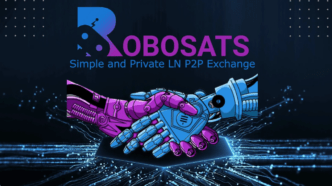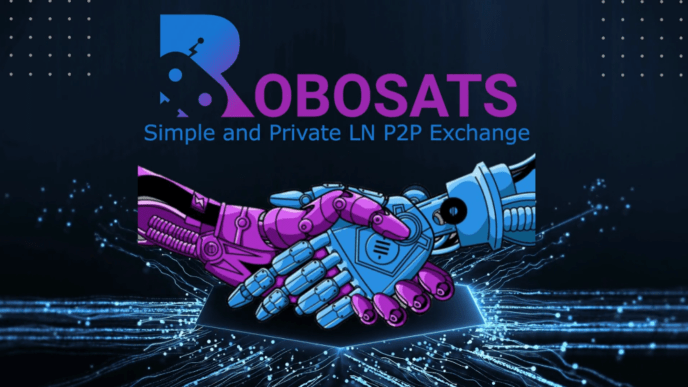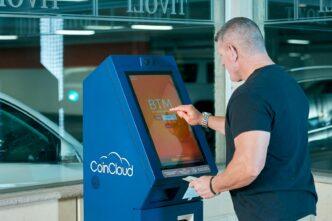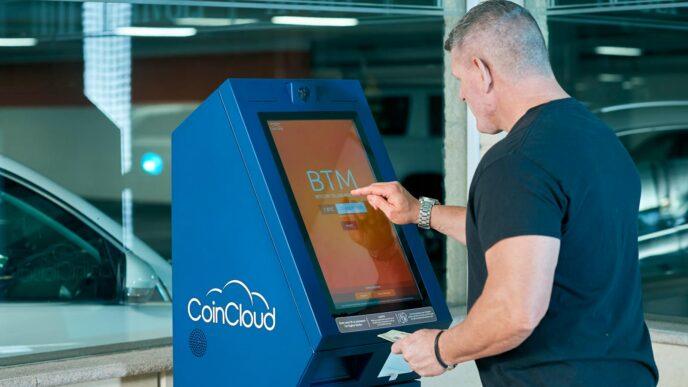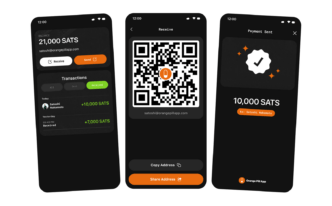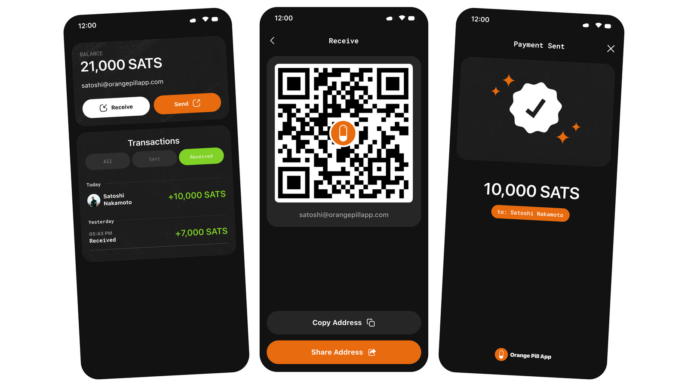BTC Pay Server, the leading open-source bitcoin payment processor, is developing a streamlined mobile application aimed at dramatically simplifying merchant adoption of bitcoin payments, according to Nicolas Dorier, the project’s co-founder.
The new initiative represents a strategic pivot toward physical retail locations, building upon BTC Pay Server’s trust in e-commerce bitcoin payments.
Speaking in a recent interview, Dorier revealed that while the project has effectively “won the war” for online merchant processing, retail adoption remains a key challenge.
Central to this retail strategy is BTC Pay Server’s ambassador program, launched in December 2023, which aims to bridge the technical gap between merchants and bitcoin infrastructure.
The program recognizes that retail merchants typically lack the technical expertise or interest in managing bitcoin nodes and payment channels. “These people don’t know Bitcoin, they don’t know BTC Pay Server, they don’t care about servers,” Dorier explained. “They just want to accept payments.”
The forthcoming mobile application promises to radically simplify merchant onboarding through a QR code-based setup process. Merchants will simply scan a QR code to connect to an ambassador’s infrastructure, eliminating the need for complex technical configuration.
Notably, the system maintains bitcoin’s core principles of self-custody while delegating infrastructure management to ambassadors. Merchants retain control of their private keys, while ambassadors handle channel connections and liquidity management.
This architecture allows ambassadors to potentially generate revenue by acting as Lightning Service Providers (LSPs) for their merchant clients.
The development team has prioritized merchant autonomy in the design. If an ambassador becomes unavailable, merchants can seamlessly transition to another ambassador’s infrastructure while maintaining access to their funds.
While the project aims for a 2025 release, Dorier emphasized that significant technical challenges remain. The implementation focuses exclusively on Lightning Network payments initially, reflecting the growing consensus that Layer 2 solutions are better suited for retail payment processing.
This retail initiative marks a significant evolution for BTC Pay Server, which has historically grown through grassroots adoption and voluntary contributions. The project maintains a core team of approximately ten funded contributors but emphasizes scalability through third-party plugin development rather than internal team expansion.
The ambassador program and upcoming mobile application represent BTC Pay Server’s most concentrated effort to date to expand beyond its technical user base and into mainstream retail adoption. However, Dorier acknowledged that ambassador recruitment has been slower than anticipated, highlighting the challenges of building payment infrastructure that bridges technical and business requirements.
For payment industry professionals, BTC Pay Server’s retail strategy offers insights into how Bitcoin payment infrastructure might evolve to meet merchant needs while maintaining the technology’s core principles of self-custody and decentralization.
The project’s approach suggests that successful retail adoption may require a middle layer of service providers who can abstract away technical complexity while preserving bitcoin’s fundamental value proposition.









